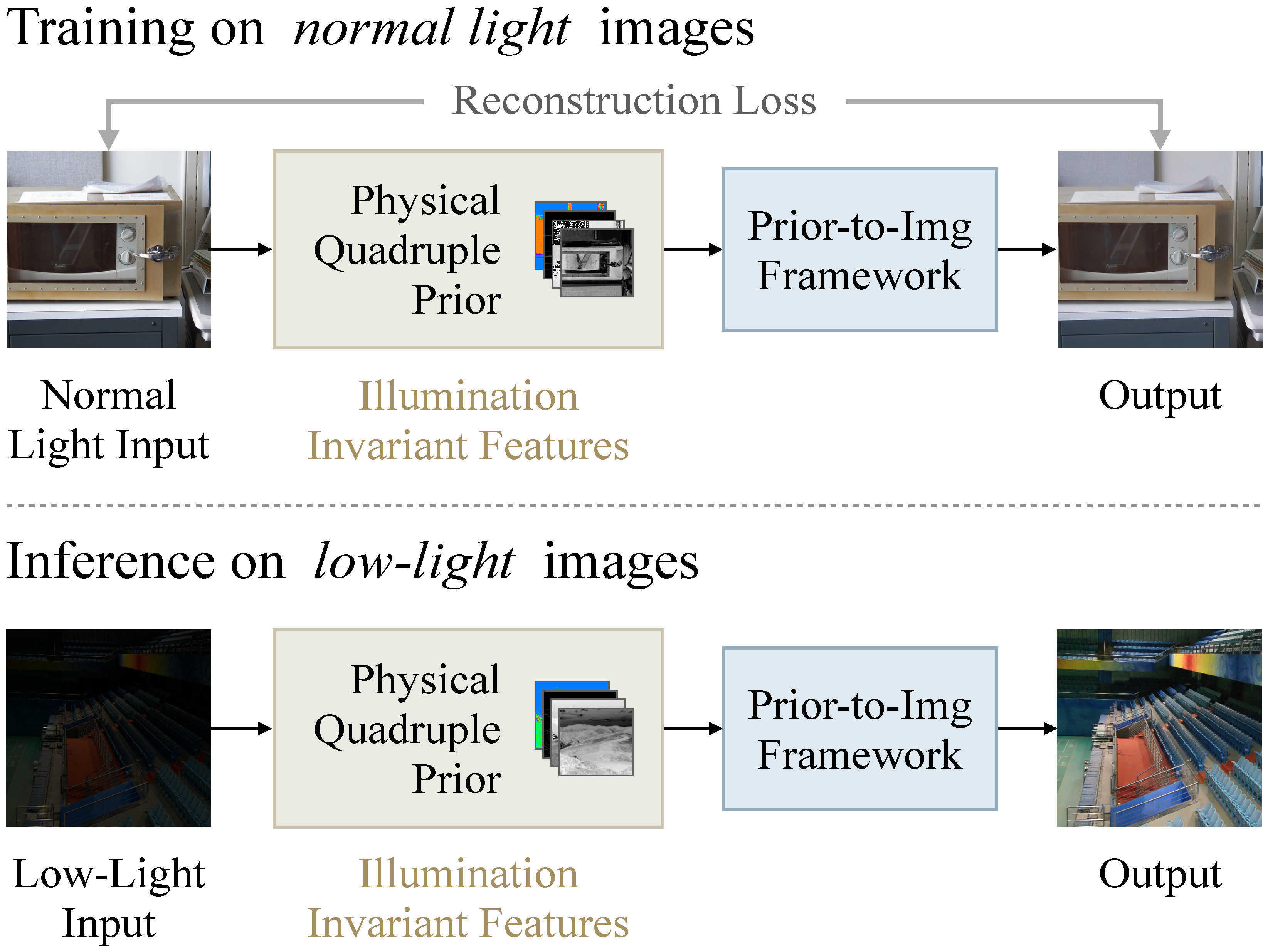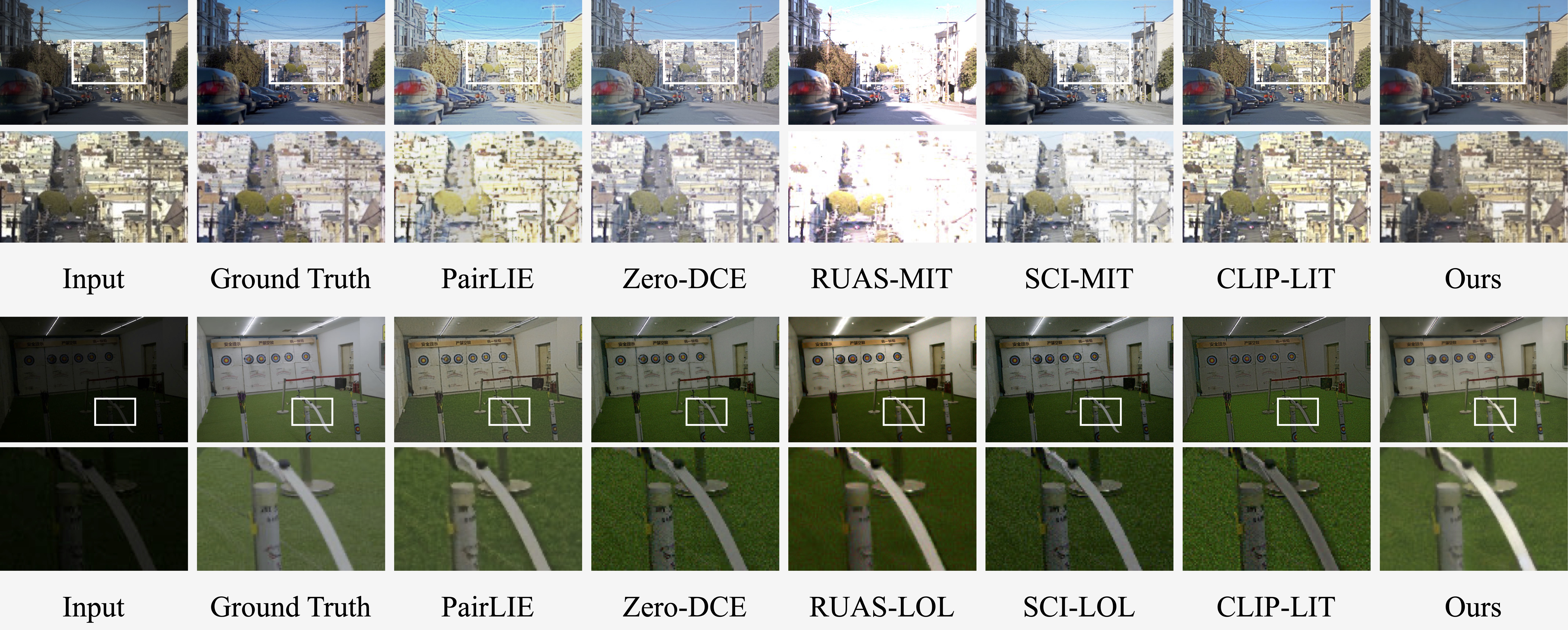Understanding illumination and reducing the need for supervision pose a significant challenge in low-light enhancement. Current approaches are highly sensitive to data usage during training and illumination-specific hyper-parameters, limiting their ability to handle unseen scenarios. In this paper, we propose a new zero-reference low-light enhancement framework trainable solely with normal light images. To accomplish this, we devise an illumination-invariant prior inspired by the theory of physical light transfer. This prior serves as the bridge between normal and low-light images. Then, we develop a prior-to-image framework trained without low-light data. During testing, this framework is able to restore our illumination-invariant prior back to images, automatically achieving low-light enhancement. Within this framework, we leverage a pretrained generative diffusion model for model ability, introduce a bypass decoder to handle detail distortion, as well as offer a lightweight version for practicality. Extensive experiments demonstrate our framework's superiority in various scenarios as well as good interpretability, robustness, and efficiency.



